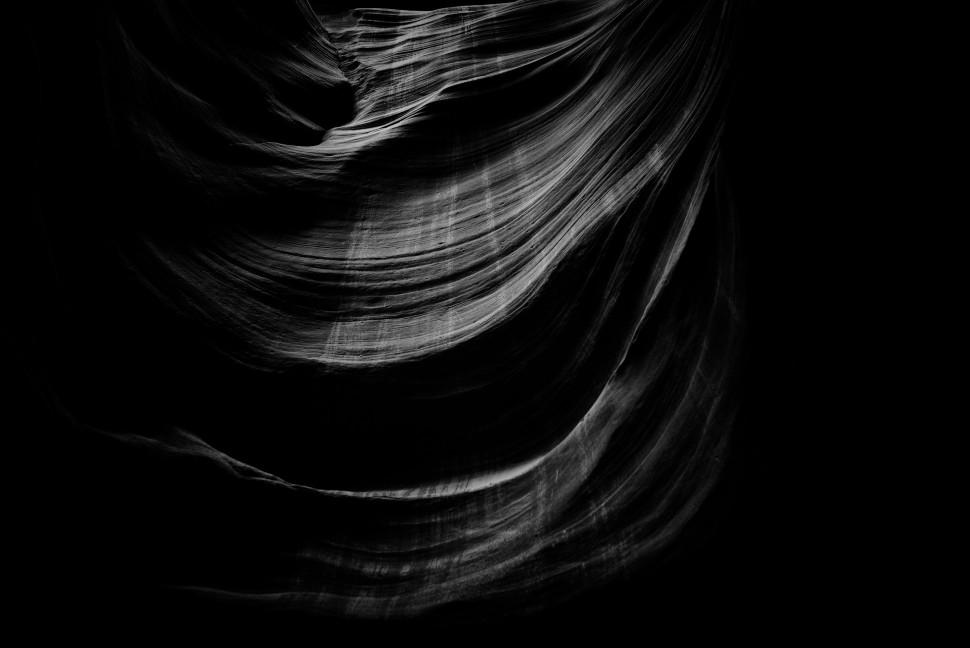Designing a Functional and Stylish Mudroom
A mudroom is an essential space in any home, serving as a transition area between the outdoors and indoors. This multifunctional room provides a designated place to store items such as shoes, coats, umbrellas, and bags, helping to keep the rest of the house clean and organized. However, many homeowners struggle with making their mudroom both functional and stylish. With the right design and organization, you can create a practical yet visually appealing space that suits your lifestyle and aesthetic preferences.
One key element to consider when designing a mudroom is storage. Incorporating ample storage solutions will help keep clutter at bay and ensure that everything has its place. Consider adding built-in cabinets, shelves, hooks, and cubbies to accommodate different items. Shoe racks or benches with hidden storage can also help maximize space and keep the room tidy. Additionally, allocating dedicated spaces for smaller items such as keys, sunglasses, and mail can help prevent them from getting lost and make them easily accessible when needed.
Another important aspect of a successful mudroom design is functionality. The layout should be practical and efficient, with a clear flow that allows for easy access to everyday items. Having a bench or seating area for putting on and taking off shoes, as well as a mirror for last-minute touch-ups before heading out the door, can enhance the room’s usability. Consider installing durable flooring that is easy to clean and can withstand heavy foot traffic, such as tile, laminate, or vinyl. Lighting is also crucial in a mudroom, as good lighting can improve visibility and create a welcoming atmosphere.
In addition to functionality, aesthetics play a significant role in designing a stylish mudroom. Choosing the right color palette, materials, and finishes can help create a cohesive and visually appealing space. Opt for neutral tones or pastel shades to create a calming and inviting environment, or add a pop of color with accent walls or decorative accessories. Incorporating natural materials such as wood, stone, or metal can add warmth and texture to the room, while reflective surfaces like mirrors or glass can make the space appear larger and brighter.
For homeowners who are looking to infuse a touch of Japanese-inspired design into their mudroom, consider incorporating elements of “日式店面設計” (Japanese storefront design). This style is characterized by simplicity, minimalism, and the use of natural materials. To achieve this look, opt for clean lines, uncluttered spaces, and functional furniture with a hint of Asian flair. Bamboo accents, shoji screens, or cherry blossom motifs can add a touch of Japanese aesthetics to the mudroom.
In conclusion, designing a functional and stylish mudroom requires careful planning and attention to detail. By prioritizing storage, functionality, and aesthetics, you can create a space that is not only practical but also visually appealing. Remember to incorporate elements of Japanese design if you want to infuse a touch of elegance and tranquility into your mudroom. With the right design choices, your mudroom can become a seamless and stylish transition space that complements the rest of your home.







